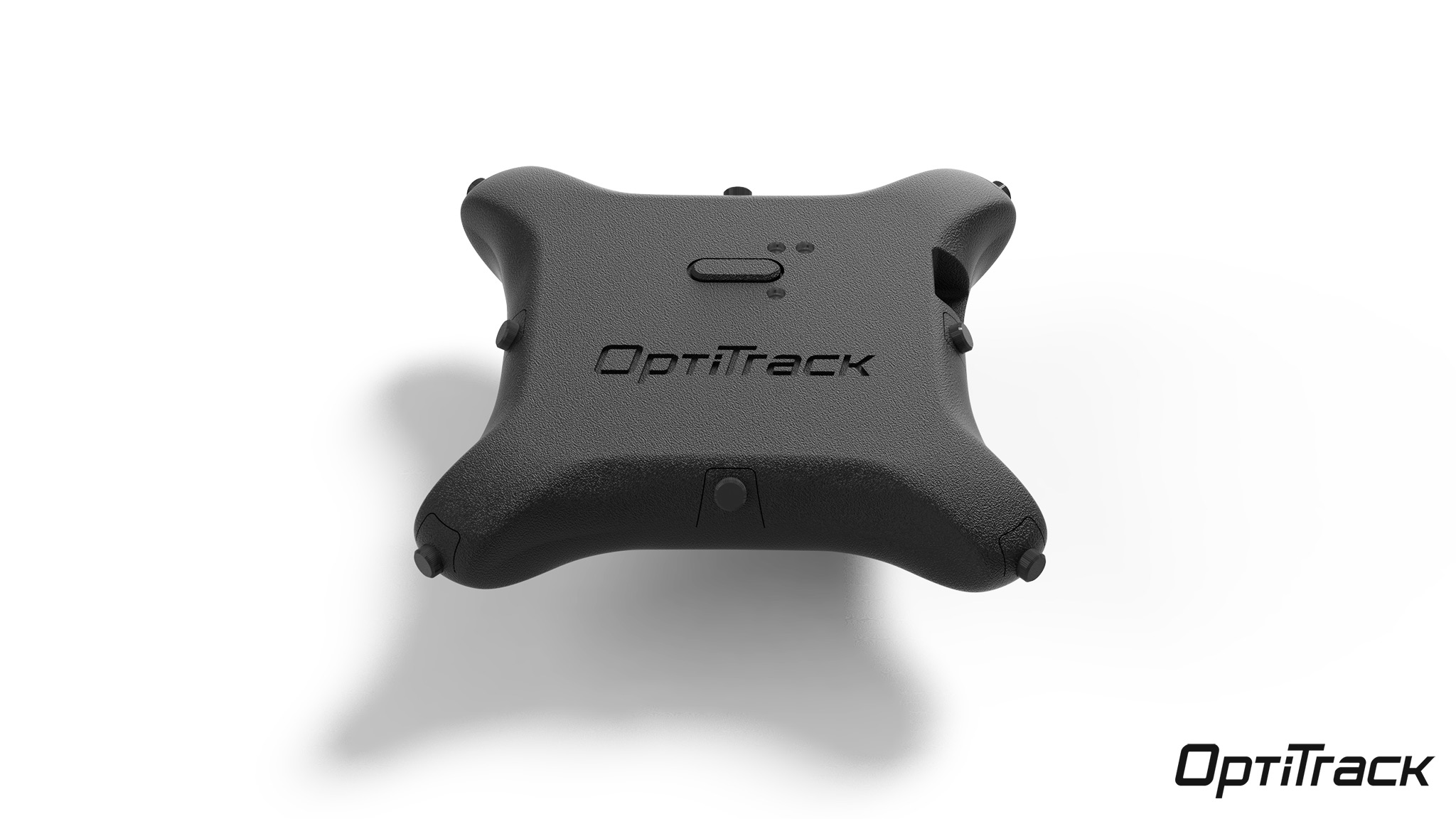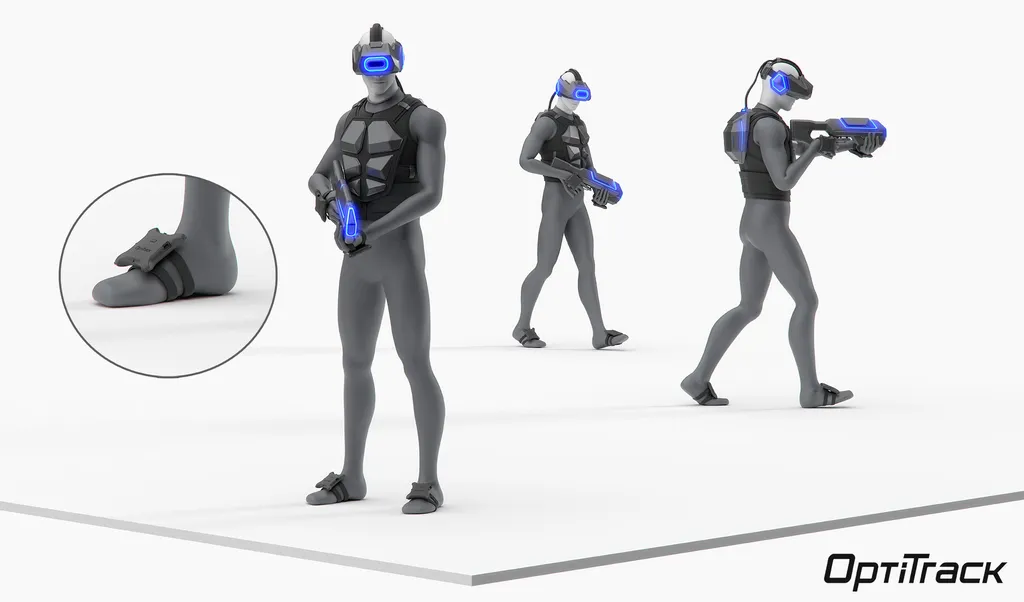When I tried the latest installation of The VOID earlier this year in Utah I encountered what I think is likely the pinnacle of immersion possible in 2017, with one major limit.
The VOID’s system is wireless and its relatively lightweight backpack PC actually enhances immersion because it fits with a narrative they concocted of becoming a fully equipped Ghostbuster. The head-mounted display features specifications and clarity matching consumer VR headsets like the Rift and its tracking system, powered by long-time motion-tracking company Optitrack, is seamless in allowing freedom to move around multiple rooms so you can find objects and walls exactly where you expect them to be. Even the gun you hold becomes part of the immersive experience as it transforms in VR into part of your proton pack for catching ghosts.
The limitation here is that only the gun and headset are tracked throughout VR. An approach called “inverse kinematics” is used to guess at the positions of the body, arms, hands or legs. If you go through the Ghostbusters virtual world with other people their bodies might not be represented in the correct positions. For example, a friend’s leg could be bending backward in an awkward way that reminds you what you’re seeing is faked. And when you reach out with your hands to touch the wall you don’t see your own arms reaching out.
A new puck-sized accessory on the way from Optitrack could put this limitation in the past. One puck could be permanently placed on the backpack to center the position of the body and one could be placed on each foot to track feet. This alone would be a major step forward and slipping on the feet trackers would likely add only a few seconds to the critical load-in time that’s essential for a company like The VOID to turn a profit.
Two more Optitrack pucks on each hand or arm and the use of Leap Motion (which recently got big funding) or gloves could provide the final bit of finger tracking for complete full-body immersion.
HTC is developing its own tracking puck that’s already been distributed to developers that could perform many of these same functions. HTC’s partner in developing the underlying “Lighthouse” tracking technology, Valve Software, is getting close to rolling out a second generation that could ultimately provide competition for Optitrack. The latest camera from Optitrack tuned for these kinds of large-scale VR installations costs around $1,500 and dozens of them are needed to cover the largest installations. First generation lighthouse base stations retail for $135 with the second generation expected to be even less expensive.
“Lighthouse could be a low cost competitor for us, we haven’t seen that technology used in wide scale,” said Optitrack’s Chief Strategy Officer Brian Nilles in an interview with UploadVR. “We’re just gong to have to wait and see.”
Nilles maintains that Optitrack’s reliability that comes with developing its technology over many years will give it an edge, and he hinted that as time progresses even more finely tuned cameras could be developed that might make hardware even more affordable for VR arena or arcade operators.
“That’s not our last camera for VR either,” he said.
He said the tracking pucks won’t start shipping for 1 to 2 months and the price hasn’t been set yet.




























